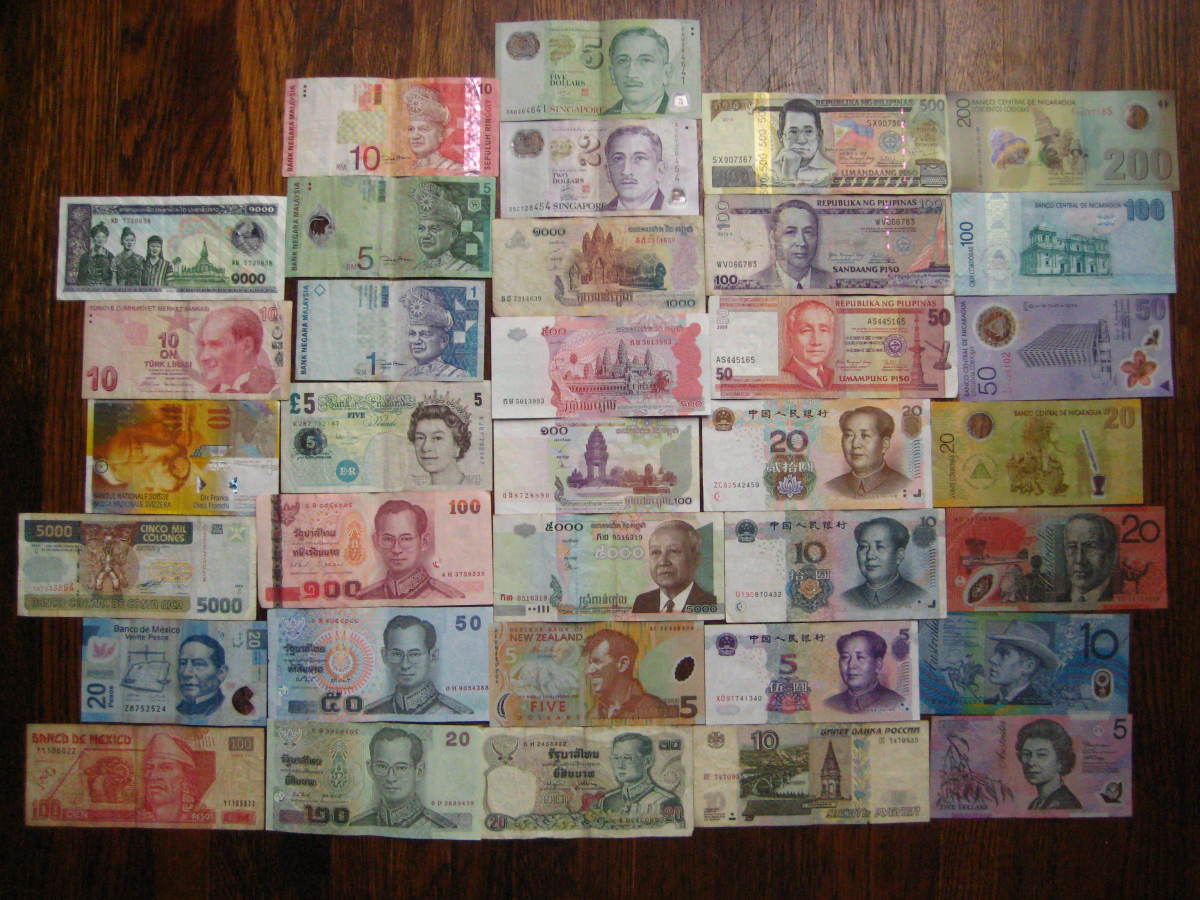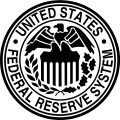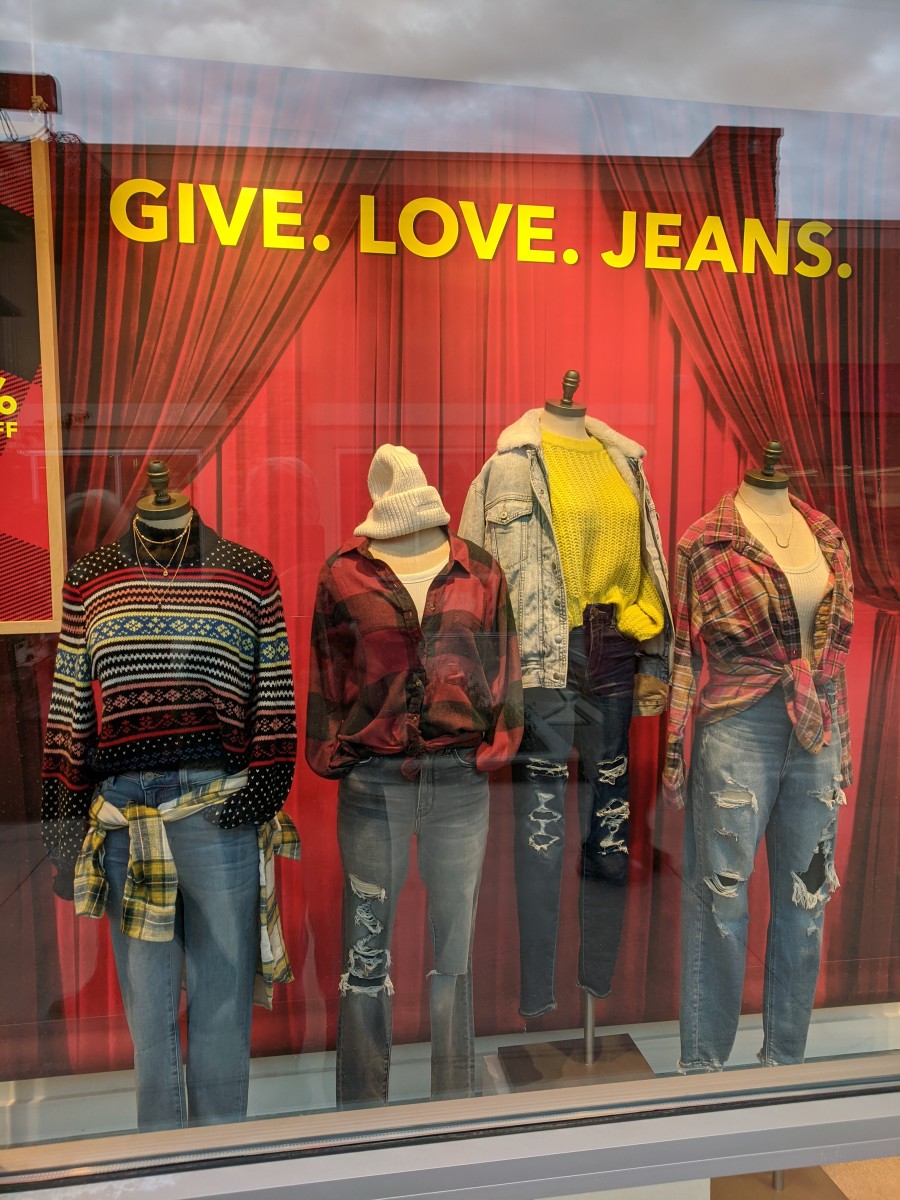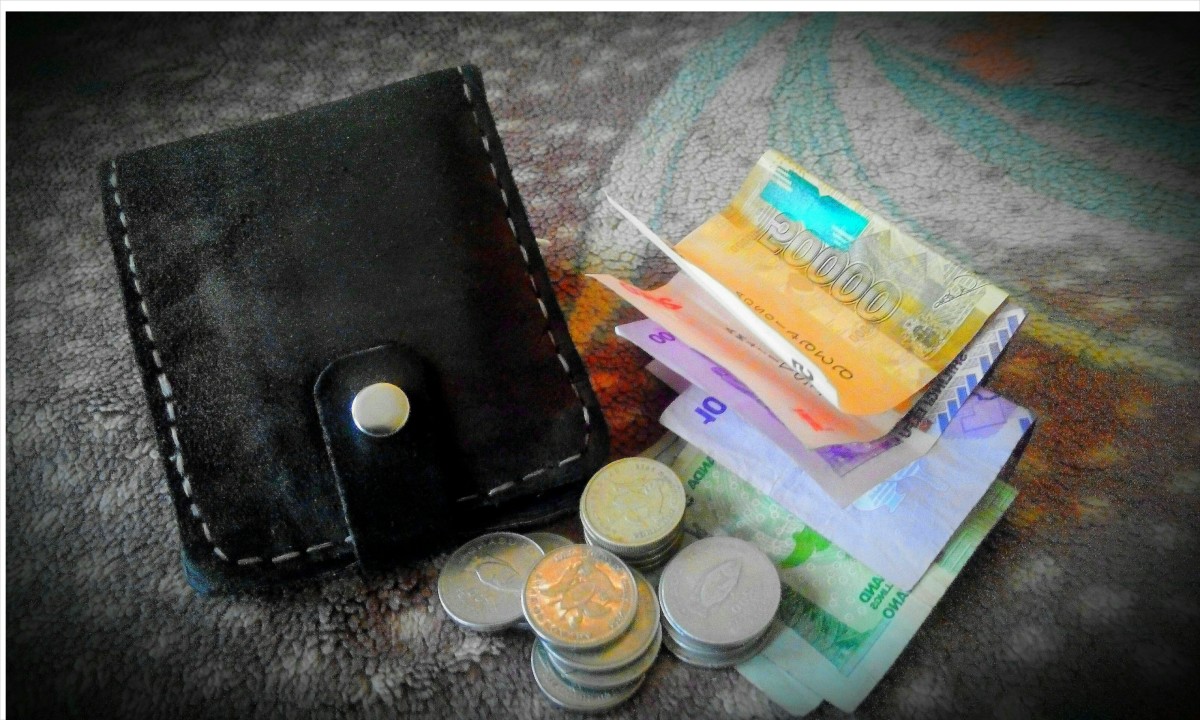The Death Of Money
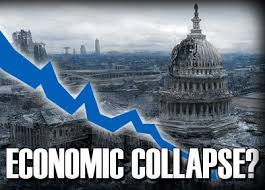
In this world of money, the idea that money could somehow die may leave many of you puzzled, perhaps even bit worried. Unfortunately this is exactly what is potentially about to take place, and worse still on a ‘Global Scale;’ for all the global currencies are currently pegged to a singular currency, the US Dollar.
If you have read my prior hub, ‘The History Of Currency’ you’d be aware how from 1875 to 1971, the currencies throughout the world slowly shifted from being backed 100% by gold to being partially backed by gold. This was referred to as the Gold Standard. Since 1971 however, the linkage between money and gold has changed again, not back to the days before 1875 when it was completely backed by gold, (£1 = 1 ounce of Gold) but instead the other way. Now there is no connection between the money you have in your pocket or bank account and whatever gold there is in safes of FED, Bank Of England, etc. (and some even question if therefore there is any gold left in those safes at all).
You may well be wondering why money was ever backed by gold in the first place? Well for centuries money has always being backed by gold. The reason for this is because gold as a metal is finite and essentially lasts indefinitely. It is also easily mouldable. With money being completely backed by gold, this meant that only a certain amount of money could ever exist at any point in time. This amount being the equivalent of one unit of currency (£, $, etc.) to one ounce of gold. Hence as there was only certain amount of ounces of gold, there could only be certain amount of money. This is why gold was very precious, as whenever a new piece of gold was unearthed from the ground, some more money effectively was created.
Yet with the 74 years of Gold Standard, the amount per ounce of gold changed so that 1 ounce of gold would equal £2. As the years went by, this ratio got even larger, where one ounce of gold equalled £5, than £10, etc. Yet as you may recall from the previous hub, after World War 2, as most of the world’s gold was in USA, it was decided that the US Dollar would be on some sort of gold standard and all the other currencies in the world would be pegged to US Dollar.
Yet after 1971 the Gold Standard was scrapped, whereupon the US Dollar would not be backed by anything physical. Effectively this meant that every central bank in the world could print as much money as they so wished. If governments got into debt, they could just print more money to grow the economy and pay off the debt. This effectively makes the money in your wallet no different than the money on a monopoly board. For in the game of monopoly, one of the rules stipulates that if the bank should run out of money, the banker can effectively create more money by cutting out pieces of paper and substituting it for money, else creating IOU’s to the players.
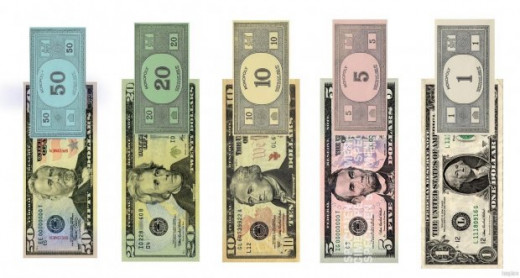
Yet if money is no different from monopoly money, how come we can still purchase things with the currency in your wallet or purse? Well the answer to this question purely comes down to the fact that the vast majority of people don’t even realise that their currency is no longer backed by gold. And those few who are aware of this tend to fall into schools of thought, one being that the £, $, etc. is still of value because our nation’s leaders say so, and the other school of thought which believe that we as a society are walking a tight rope, with severe negative consequences on either side.
As you may gathered, I personally fall into the second school of thought, having money in use which isn’t backed by gold (or any other precious metal) can only lead to disaster. And the one bit of evidence I have to back up my idea is that any country in the past 5000 years which decided to separate the link between its currency and gold always ended up with the majority of the population realising the currency was just worthless bits of paper. There are several reasons for this but the main one being that when money is no longer linked to the amount of a finite material i.e. gold, than money can be printed by however much a government wants. Unfortunately allowing a government to print as much money as they desire is like giving an alcoholic free access to the bar – it is human nature to want to increase your wealth and that of your loved ones. So if you could print out as much money as you so wished, wouldn’t you?
Whilst creating money out of nothing might seem like a utopian idea, we must remember that whilst the monetary supply has grown, the actual things which we tend to spend that money on, i.e. consumer goods, etc. hasn’t grown anywhere near as fast. Or to put it in other words, imagine a flea market where everyone who attended could buy whatever they wanted, no matter how much it cost because each person had access to their own money-printing machine. If two or more people wanted the same item, the seller would have to continuously raise the price of the item, whilst at the same time the two aggressive buyers would both be printing out more money to pay for this item with its rapidly increasing sale price.
For those of you who know your economics, what I have described here is essentially a Hyperinflation, where the prices of everyday goods are spiralling out of control because money is readily available for everyone who wants it to buy the same items. Ultimately in hyperinflation, money becomes worthless in the end as there is so much of it about. Has this ever happened before? Numerous times throughout history; every time a government decides its currency no longer needs to be pegged to a particular finite material, hence they can create as much money into their economy as they so wish. Whilst this usually works temporarily and everyone is going deeper into debt; borrowing this new printed money to pay for new things, ultimately the price of goods spirals out control to the point where say a loaf of bread is worth £1,000,000,000,000,000!
The only difference however with nowadays money-printing is that all the currencies in the world are essentially backed by nothing more than a governments promise that the cash in your hand is worth something, and the majority of people’s faith that it is. Yet as you may recall from the 2008 Great Recession, the global economy almost stopped working. It was only through the creation of more money at a rate never seen before did the US government and other countries throughout the world managed to save the global economy from complete destruction.
Unfortunately whilst politicians may still be patting themselves on the back for saving the financial world, truth be told all this excess money printing has done is delayed the inevitable. And when the inevitable catches up with us, it will be far worse than even the most pessimistic of us thought the Great Recession could get. In an upcoming hub, we’d look at what you can do to survive the approaching hyperinflation!



